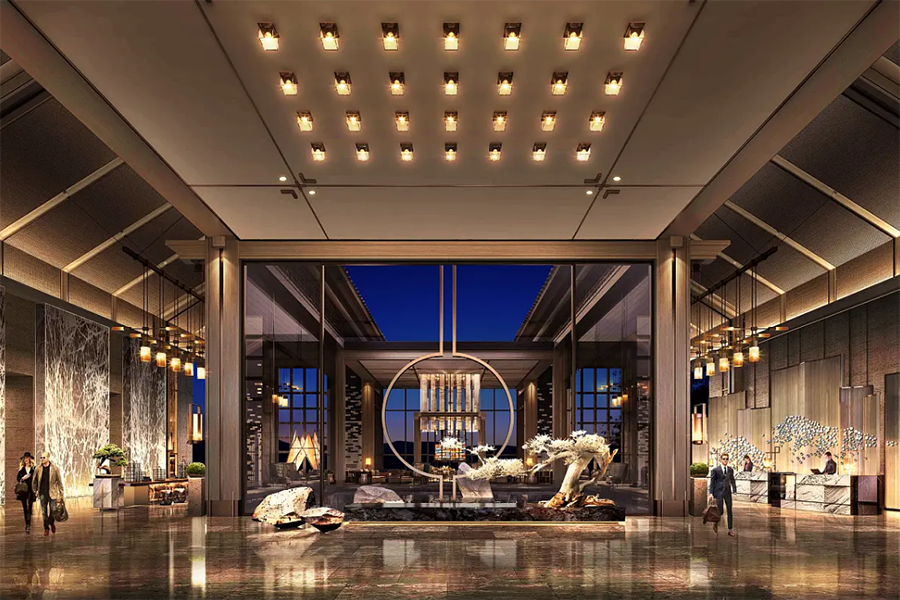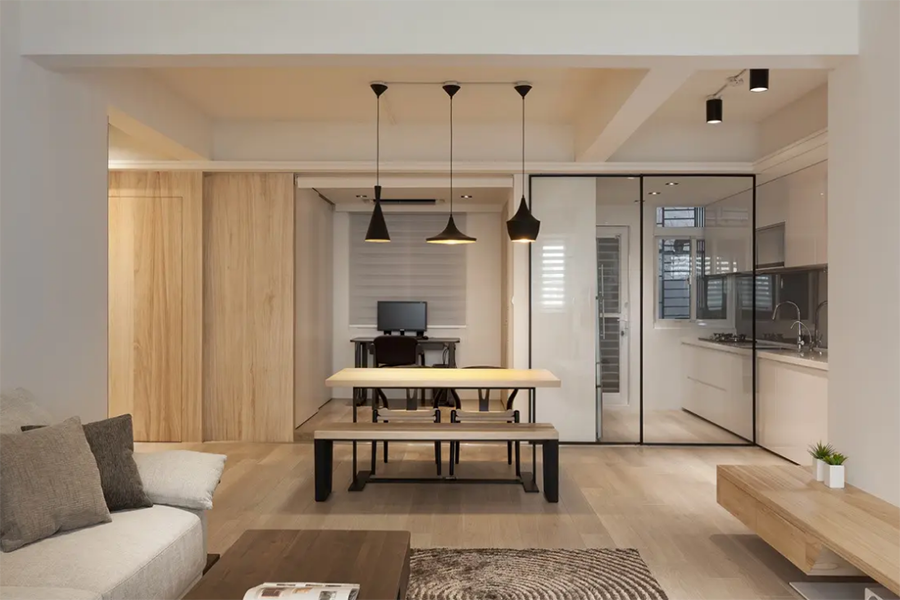Commercial and residential lighting may look similar, but they are not designed, intended or manufactured in the same way.
What is residential lighting?
The lamps and bulbs you use in and around your home, such as the kitchen, garage, garden and driveway. While many lighting components are best suited for use in indoor or outdoor conditions. The best part about residential lighting is that it is also the least expensive to operate and requires little maintenance.
What is commercial lighting?
Commercial lighting refers to store lighting, hotel lighting, supermarket lighting, commercial real estate lighting and other spatial environments that are primarily used for commercial applications such as hotels, restaurants, retail stores, warehouses and offices are considered commercial lights. These lighting products are more expensive than residential lighting, but they typically last longer and can withstand harsher conditions.
A primary purpose of residential lighting is to create a warm and cozy atmosphere, focusing on complementing the aesthetics and interiors of the home, often used as ambient lighting, which makes the home feel more functional and comfortable. Commercial lighting, on the other hand, also creates an atmosphere that is more focused on creating an environment that is both efficient and safe, with the goal of drawing more attention to itself. Because of this, lumen output in residential homes is naturally much lower and tends toward warmer colors than in offices or even commercial facilities.

Commercial light fixtures are made from better quality LED drivers, LED modules, heat sinks, etc. and last longer than residential light fixture. For this reason, they are more durable and last longer compared to residential lighting solutions. Brightness intensity, maintenance requirements and warranty are all important factors when looking at commercial lighting fixtures.
Residential lighting, on the other hand, is relatively simple. It does not have to meet the same requirements as commercial fixtures - such as near endless hours of operation - so cost and quality are the most important factors to consider when retrofitting a home or equipping a new one.
Cost is also another big difference between commercial and residential lighting. From increased durability to additional features, commercial lighting products cost more to manufacture. For residential, these additional features are not necessary. Rather than equipping residential fixtures with unnecessary features, it is better to have them meet the most important specifications needed for the interior of the home.
In commercial spaces, where the focus of lighting is on cost and energy efficiency, commercial color temperatures are typically around 4000K. Although residential lighting changes throughout the interior of the home, the trend for most lighting is 3000K, especially in bedrooms, to create a relaxing environment. Depending on the lighting in areas such as kitchens, bathrooms, garages or laundry rooms, lighting is usually biased toward higher light output.


























